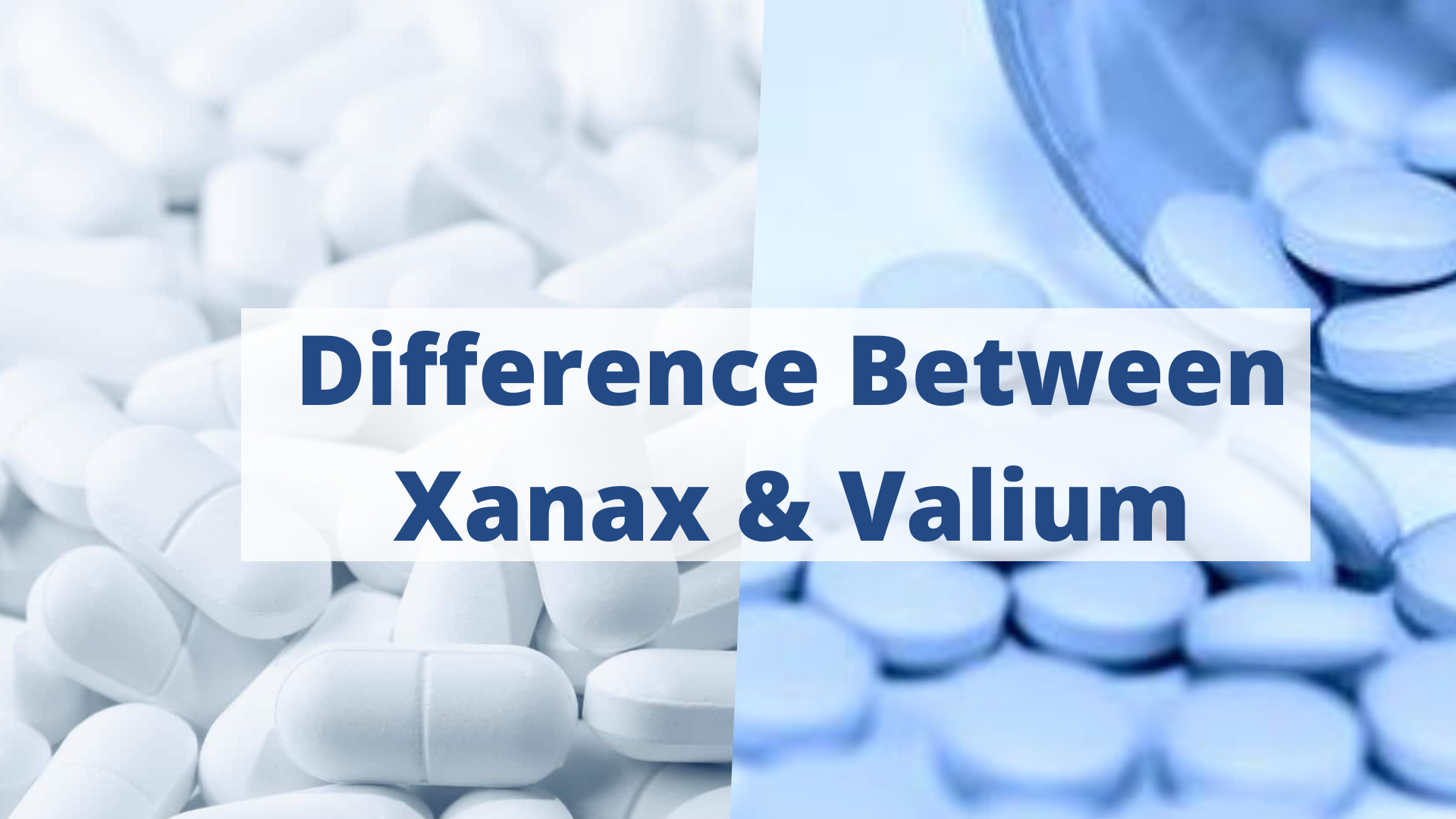Uncategorized
What distinguishes Xanax from Valium? – ChatGPT No RX Pharmacy 2023
Introduction
Xanax and Valium are two commonly prescribed medications used to treat anxiety and related disorders. Both belong to the class of drugs called benzodiazepines, which work by enhancing the effects of the neurotransmitter Gamma-Aminobutyric Acid (GABA) in the brain. This article will discuss the similarities and differences between Xanax and Valium, including their generic names, available forms, standard dosages, uses, effectiveness, duration of effects, half-life, withdrawal symptoms, side effects, and precautions.
What is Xanax?
Xanax, also known as Alprazolam, is a medication used to treat anxiety and panic disorders. It works by inducing a calming and relaxing effect in the brain, making it easier to handle anxiety and panic attacks. The onset of Xanax is 1 to 2 hours.
What is Valium?
Valium, also known as Diazepam, is a medication used to treat anxiety disorders, seizures, muscle spasms, and alcohol withdrawal symptoms. It acts on the brain cells and nervous system to induce a calming effect that relaxes the whole body. The onset of Valium is 1 hour, within which time it reaches its peak concentration.
Similarities Between Xanax and Valium
Xanax and Valium share several similarities since they both belong to the benzodiazepine class of drugs. Both medications work to enhance the effects of GABA, have a calming and relaxing effect on the brain and body, are used for short-term treatments, are FDA approved, have similar side effects, cause CNS depression, and can lead to addiction and overdose resulting in death.
Differences Between Xanax and Valium
While Xanax and Valium share several similarities, they also have significant differences. These include their generic names, available forms, standard dosages, uses, effectiveness, duration of effects, half-life, withdrawal symptoms, and side effects. For example, Xanax is available in various dosage strengths from 0.25 mg to 3 mg, while Valium is available in fewer doses as an oral tablet of 2 mg and 10 mg. Xanax starts showing its effects in 1 to 2 hours, while Valium starts showing its results within an hour. The effects of Xanax last for up to 5 hours, while the effects of Valium last for around 4 to 6 hours. Xanax has a half-life of 11 hours and can take days to leave the body, while Valium has a more extended half-life range of 20 to 70 hours, so it takes an even longer time to leave the system. Valium causes more aggravated side effects of drowsiness and dizziness, while Xanax has more severe withdrawal symptoms.
Withdrawal Symptoms and Precautions
Both Xanax and Valium can lead to addiction and withdrawal symptoms if used regularly for a long time. Withdrawal symptoms can include stomach cramps, increased anxiety, headaches, dizziness, and problems sleeping. It is advised to lower the dosage gradually as directed by a physician. Other precautions include avoiding alcohol or cannabis products, not operating heavy machinery while using either medication, informing the doctor about any underlying health issues, and using the medication in moderation if previously misused or abused substances. Withdrawal symptoms can last for weeks or months.
Conclusion
Xanax and Valium are two benzodiazepine medications commonly used to treat anxiety and related disorders. While they share several similarities, they also have significant differences in their generic names, available forms, standard dosages, uses, effectiveness, duration of effects, half-life, withdrawal symptoms, and side effects. It is essential to use these medications as directed by a physician and take necessary precautions to avoid addiction and withdrawal symptoms.

What is Xanax?
Xanax, also known as Alprazolam, treats anxiety and panic disorders. It works in the brain to induce a calming and relaxing effect making it easier to handle anxiety and panic attacks. The onset of Xanax is 1 to 2 hours.
What is Valium?
Valium, also known as Diazepam, is used to treat anxiety disorders, seizures, muscle spasms and alcohol withdrawal symptoms. It acts on the brain cells and nervous system to induce a calming effect that relaxes the whole body. The onset of Valium is 1 hour, within which time it reaches its peak concentration.
Xanax and Valium are both members of a class of drugs called benzodiazepines. Benzos work to enhance the effects of a neurotransmitter known as Gamma-Aminobutyric Acid or GABA. These decrease the initiation, sending, and receiving of messages from one nerve cell to the other. It suppresses the overactivity of nerves since overactive nerves play a crucial role in causing anxiety.
GABA diminishes activity in brain parts that control emotions, memory, logical thought, and functions such as breathing. It also makes the muscles relax, reduces anxiety and causes drowsiness.
Significant differences between Xanax and Valium-
Generic Name: Alprazolam is the generic name for Xanax, while Diazepam is the generic name for Valium.
Forms in which it is available: Xanax is accessible as a tablet and an oral solution, both orally administered. Valium, on the other hand, is known as a tablet, oral solution, intravenous, and rectal gel.
What is the standard dosage: Xanax is available in various dosage strengths from 0.25 mg to 3 mg. The initial dose starts from 0.25 and increases as directed by the doctor. Valium is available in fewer doses as an oral tablet of 2 mg and 10 mg, as instructed by the doctor.
Uses of the medication: Xanax is used for the treatment of anxiety disorders in both adults and children and panic disorders in adults. Valium, on the other hand, is used to treat anxiety, muscle spasms and alcohol withdrawal in adults and seizure disorder in infants, children and adults.
Effectiveness: Xanax starts showing its effects in 1 to 2 hours, while Valium starts showing its results within an hour.
How long do the effects last: The effects of Xanax last for up to 5 hours, while the effects of Valium last for around 4 to 6 hours.
The medication’s half-life: Xanax has a half-life of 11 hours and can take days to leave the body. Valium, on the other hand, has a more extended half-life range of 20 to 70 hours, so it takes an even longer time to leave the system.
Withdrawal and side effects: Valium causes more aggravated side effects of drowsiness and dizziness, while Xanax has more severe withdrawal symptoms.
Apart from the differences, there are also various similarities between Xanax and Valium since they are benzodiazepines.
Xanax and Valium both –
1-Work to enhance the effects of GABA (Gamma-aminobutyric Acid)
2-Have a calming and relaxing effect on the brain and body of the consumer
3-Are used for short-term treatments
4-Are used to treat Anxiety Disorders in adults
5-Are FDA approved
6-Have similar side effects
7-Cause CNS (Central Nervous System) depression
8-Can lead to addiction and overdose, resulting in death.
Chances of withdrawal for both Xanax and Valium are high.
If you have taken either Xanax or Valium regularly for a long time, you may experience withdrawal symptoms if you discontinue using them this soon. Xanax can cause more severe withdrawal symptoms.
These include –
1- Stomach Cramps
2- An increased feeling of anxiety
3- Headaches
4- Dizziness
5- Problems Sleeping
It is advised to lower your dosage with time as directed by your physician. Withdrawal symptoms can last for weeks or months.
Other Precautions to be taken –
1- It is advised that you don’t use alcohol or cannabis products since it can aggravate the side effects.
2-It is suggested that you don’t operate heavy machinery if you are using either Xanax or Valium
3-If you have any underlying health issues, it would be best to inform your doctor about them so they can prescribe the correct dosage for you.
4-If you have previously misused or abused substances, it would be best to inform your physician and use your medication in moderation.

 Skip to content
Skip to content


